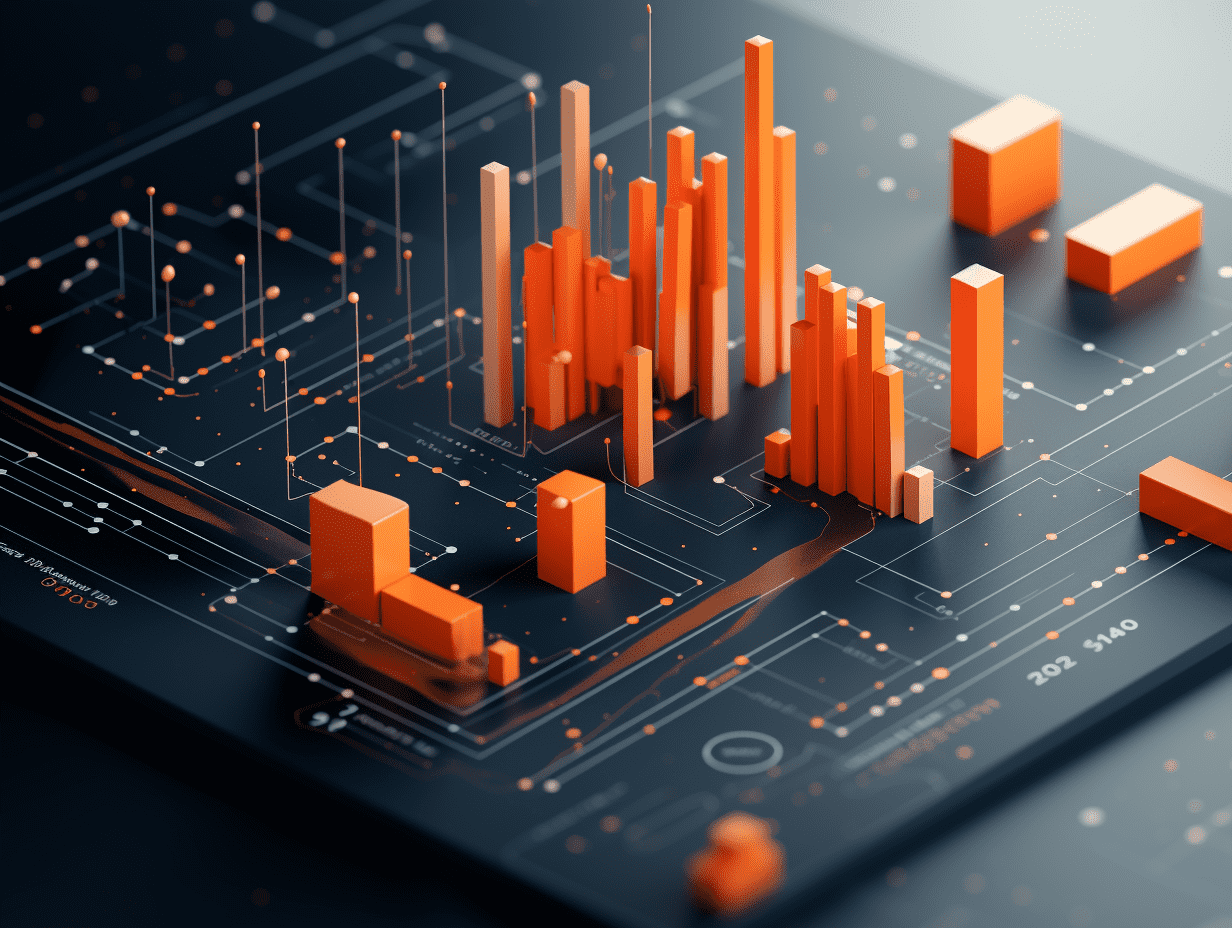The market has arrived and is still losing money, with 7 billion-dollar funds still losing over 30%, while some billion-dollar funds have reached historical highs.
7 of the 100-billion-yuan funds, despite experiencing a strong rebound recently, still have losses exceeding 30% over the past three years.
: "With the rebound of the stock market, several controversial billion-dollar funds have also rebounded strongly. 15 billion-dollar funds have seen a rebound of over 25% recently, with Huashang's New Trend Optimized by Zhou Haidong even hitting a new high in net asset value.
However, due to significant losses during the bear market, funds like ICBC Frontiers Medical and Huitong Consumption Industry still show losses of over 30% over the past three years even after experiencing a strong rebound.
Industry insiders point out that the managers of top-performing billion-dollar funds often do not stick to certain sectors and have a wider range of abilities to adjust their investment strategies rapidly according to market conditions. Additionally, heavily losing billion-dollar funds are often thematic funds with limited investment ranges, and their large scale can increase management challenges for fund managers.
15 billion-dollar funds have seen a rebound of over 25%, with some funds hitting new highs
According to Wind data, between September 24th and November 12th, 15 billion-dollar funds like Huashang's New Trend Optimized, Galaxy Innovation Growth, and China-Europe Medical Health have all seen net asset value growth of over 25%.
Huashang's New Trend Optimized specifically hit a new high in net asset value due to the strong rebound. Managed by Zhou Haidong, the fund is a flexible allocation fund that achieved a net asset value growth rate of 26.83% between September 24th and November 12th. During the past three years of market downturn, this fund has shown steady returns despite the challenges. As of November 12th, the fund has achieved a high return of 37.32% over the past three years.
In addition, Guangfa Multi-Factor also saw impressive net asset value growth of 43.39% between September 24th and November 12th, bringing its three-year return back to positive. As of November 12th, the fund has recorded a return of 1.35% over the past three years.
It is worth noting that two billion-dollar funds have seen net asset value growth of over 70% in the recent market rebound, namely Galaxy Innovation CKH HOLDINGS and Nuoan Growth Mix. However, due to poor performance during the previous bear market, as of November 12th, both funds have recorded losses of over 20% over the past three years.
Several billion-dollar funds still show losses of over 30%
Despite experiencing a recent strong market performance, several billion-dollar funds still show significant losses over the past three years.
According to Wind data, as of November 12th, there are still 7 billion-dollar funds with assets of over a billion in the third quarter whose losses over the past three years exceed 30%.
For example, ICBC Frontiers Medical, with assets of over 20 billion in the third quarter and managed by Zhao Bei, saw a net asset value growth of over 19% between September 24th and November 12th, but as of November 12th, the fund still shows losses exceeding 34% over the past three years.
Similarly, Huatong Consumption Industry, with assets of over 10 billion in the third quarter and managed by Hu Xinwei, saw a net asset value growth of over 19% between September 24th and November 12th, but as of November 12th, the fund still shows losses exceeding 32% over the past three years.
Why do several billion-dollar funds still show significant losses?
Industry insiders suggest that managing billion-dollar funds is very challenging and a test of the manager's abilities. If the fund manager cannot quickly adjust the portfolio to adapt to market changes, it can be difficult to achieve ideal returns.
Furthermore, when analyzing the poor performance of several billion-dollar funds, a senior public offering research analyst told reporters, "Several years ago during the peak of actively managed equity funds, the rapid expansion of many fund sizes resulted in the creation of several billion-dollar funds. However, most of these funds were established at market highs, which undoubtedly increased the difficulty of managing the funds for fund managers."
Additionally, when funds become too large, it can make it more difficult to adjust the portfolio. The above research analyst mentioned, "When fund managers need to adjust the investment portfolio, even a normal adjustment of positions might involve significant fund flows due to the large fund size, which could significantly affect market prices, thus increasing the difficulty and cost of adjusting the portfolio."
It is also worth noting that in recent years, many large thematic funds were created during the hot trends in sectors such as technology and healthcare. These funds have limited investment ranges, and when their size becomes too large, it becomes harder for fund managers to adjust the portfolio.
Industry insiders point out that the carrying capacity of theme-based fund investment strategies is usually limited. If the style is not maintained or the fund manager needs to invest such a large amount of capital in suitable stocks, it becomes very difficult. A senior public offering professional in Shanghai even bluntly told reporters, "As the manager of a theme-based fund, when the scale increases, the theme fund's size becomes too large. If an adjustment in the stock occurs, significant stock price changes will occur, making it difficult for the fund manager to make rapid changes according to market conditions, increasing the difficulty of achieving excess returns actively."
What did the managers of top-performing billion-dollar funds do right? How will they operate in the future?
Why can some fund managers withstand the pressure of large scale and achieve excellent performance?
The above research analyst told reporters, "After the expansion of fund size, some billion-dollar fund managers still adhere to their previous strategy styles and stick to certain themes or tracks, without effective expansion of their senior ability circles, making it naturally difficult to manage large capital effectively. However, some billion-dollar fund managers choose to explore new investment areas and broaden their ability boundaries, enabling them to manage large capital effectively. Additionally, the support of the company's research platform for fund managers is also an important reason for fund managers to expand their ability circles and manage large capital effectively."
For example, Zhou Haidong has stated that fund managers typically have a macro or medium-term idea, or when they have a specific investment direction, they will rely on the research team to conduct in-depth analysis of industry developments to help find targets and leverage the strong capabilities of the company's research platform.
Looking ahead, what will the managers of top-performing billion-dollar funds tend towards in terms of portfolio allocation?
Specifically, Zhou Haidong will continue to maintain a relatively balanced allocation in his future operating strategies. In his third-quarter report on Huashang Advantage Industry Flexible Allocation Hybrid Fund, he wrote:
""The fund will continue to maintain a relatively balanced allocation, with major holdings in industries such as non-ferrous metals, transportation, machinery, electronics, military industry, power equipment, and computers."Fund managers Tang Xiaobin and Yang Dong, who focus on multi-factor investing, will pay attention to non-banking financial institutions and growth sectors. In the third quarter report, the two fund managers wrote, "After unexpected changes in monetary policy, in the fourth quarter we need to closely monitor whether fiscal policy will accelerate expansion, and whether there are signs of improvement in the fundamentals of real estate and consumption. Overall, we maintain our positions, bullish on non-banking financial institutions and growth sectors with fundamental potential (such as innovative drugs, high-end manufacturing, etc.)."
This article is reprinted from CaiLian Press, edited by GMTEight: Chen Wenfang.
Related Articles

U.S. Stock Earnings Season Opens: "AI Faith" Faces its First Big Test! ASML Holding NV ADR (ASML.US) in the Spotlight After Surging

HBM HOLDINGS-B (02142) spent HKD 3.8695 million to repurchase 300,000 shares on October 14th.

Sino Golf Hold (00361) subsidiary plans to acquire a golf equipment manufacturing plant in Vietnam for 2.5 million US dollars.
U.S. Stock Earnings Season Opens: "AI Faith" Faces its First Big Test! ASML Holding NV ADR (ASML.US) in the Spotlight After Surging

HBM HOLDINGS-B (02142) spent HKD 3.8695 million to repurchase 300,000 shares on October 14th.

Sino Golf Hold (00361) subsidiary plans to acquire a golf equipment manufacturing plant in Vietnam for 2.5 million US dollars.

RECOMMEND





